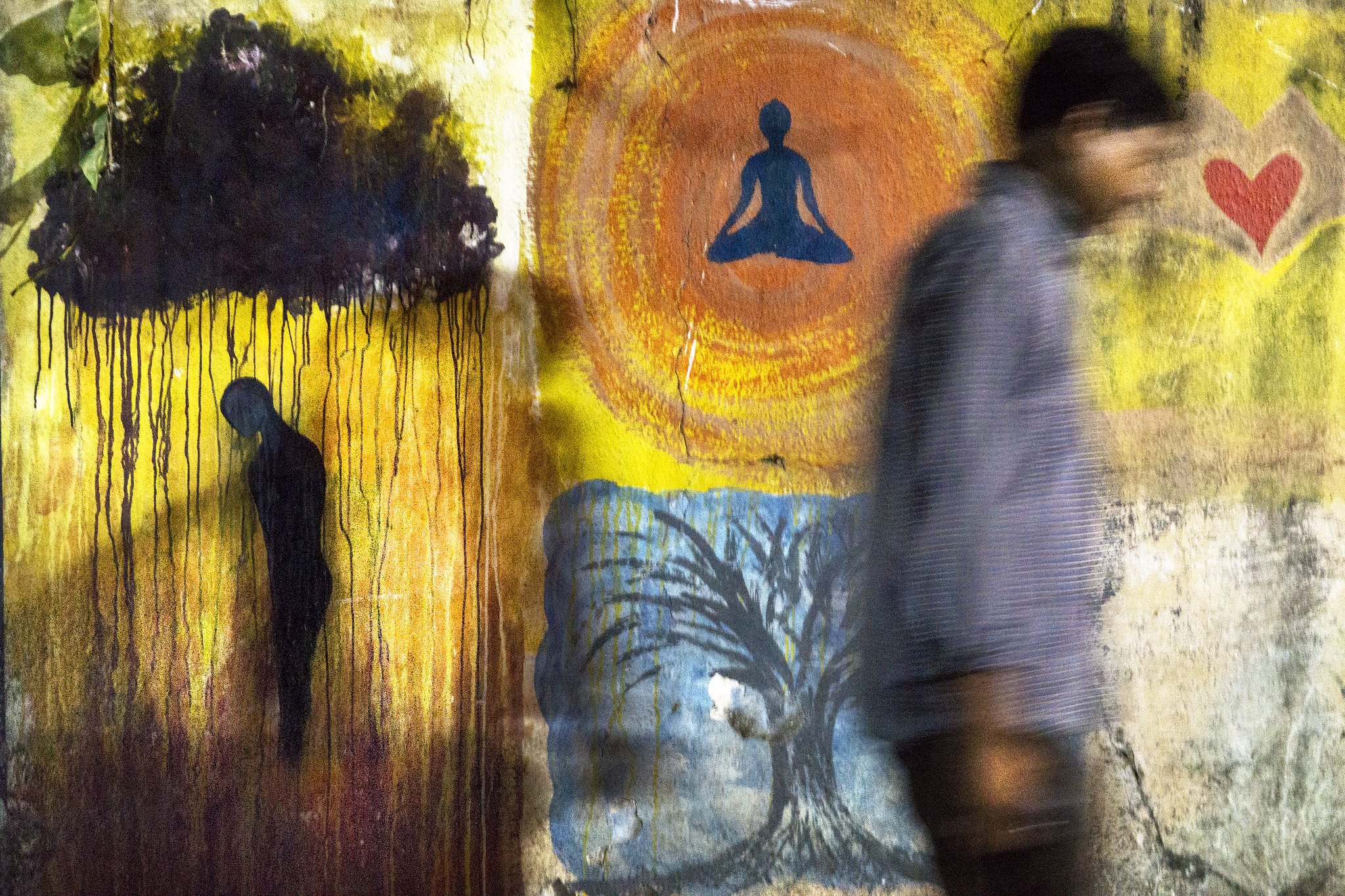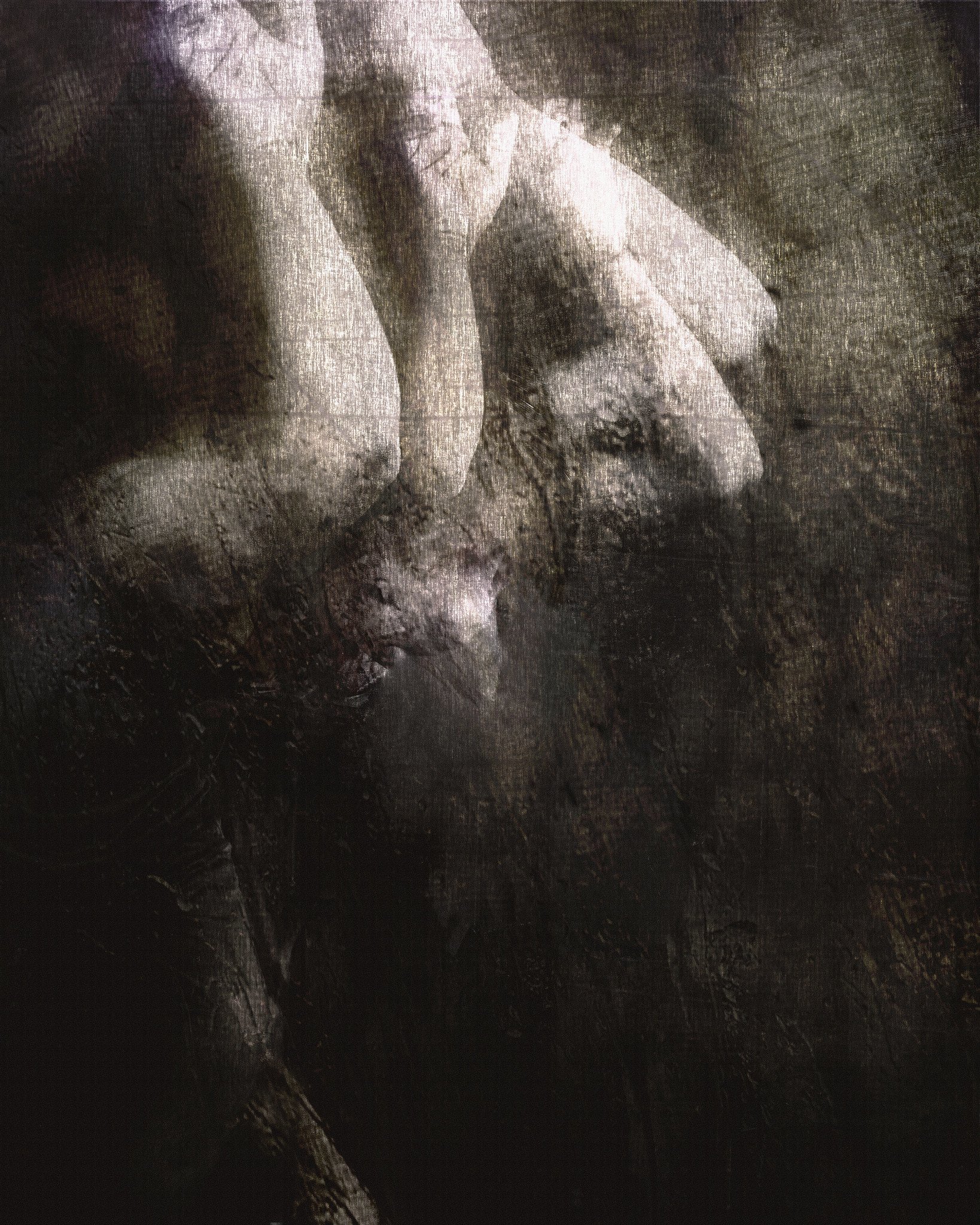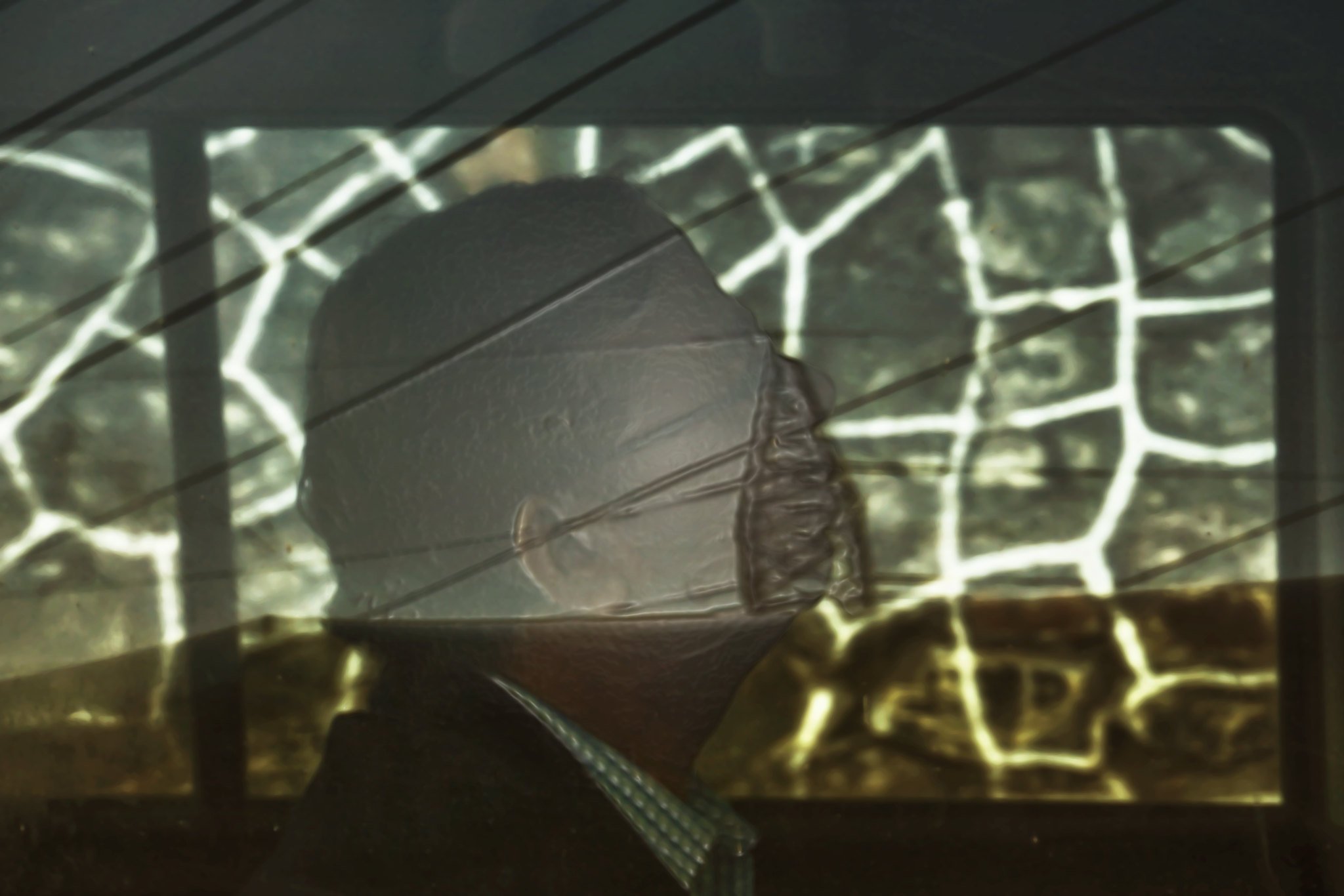What Inspires Me As An Artist and Photographer
And by extension, why I don’t use ‘creatives’ as choice of words to describe artists and photographers, or anybody.
Disclaimer
A word about this article. I’ll be using ‘artist’ and ‘photographer’ interchangeably throughout because I consider myself both. For the sake of conversation, either term refers to the image-maker, the creator, me. And maybe for you, too.
There are other professions I would invoke, like poet and musician, and because I have been all of these things, I’ll try to stick to the point at hand without invoking the term I absolutely despise but is so useful in today’s disposable vocabulary, ‘creatives.’ This blanket word didn’t even exist in any mainstream conversation until after the birth of the Internet as far as I can tell. It’s as soul-less as it is mediocre. It has come to replace ‘artist’ as a word because like most things that are authentic, it’s no longer welcome as a term to directly and honestly describe a parcel of existence.
A closer look at the word, if we’re to be critical, reveals that we’ve successfully split the linguistic atom by transforming a perfectly good adjective into a noun. This is okay, grammatically speaking, of course. But I’m really a fan of terse language. At the end of the day, anyone can be a creative because no license and registration are required. Creatives create, apparently, and they can create anything. Nike already conquered this territory many years ago with their “just do it” campaigns. For them, Doers are the heroes. A Doer can do anything (like buy overpriced shoes created by exploited labor overseas) and can ‘do’ art in the same way that creatives can create anything, including lunch. Or a bowel movement.
Now, in the 21st Century, only creatives make art and other implied but unspoken products and services. It’s as if nobody has the knack to be direct anymore. We need the extra syllables to whisk away the bluntness of centuries of tradition. We need a fast-food version of the English language so that marketing and advertising teams can get to the point more quickly, mainly, how to group everyone together on the same ship to sail the seven seas of profits and profiteering. The term art has been relegated to the dustbin of analog waste. The latest non-fungible token we’ve all gone crazy for is The Creative. But in my little book of petty grievances, I won’t acknowledge the existence of The Creative until it’s actually a profession. Or a recognized degree at an accredited university. Like an artist, for example. Or a photographer.
At the risk of my preamble smothering my expose on inspiration, let’s forge ahead.
Inspiration Can Be Precise or Amorphous
Inspiration is a private conversation that I have with myself when there’s something stirring in my subconscious. It’s not a commodity to inspect like a scientist in the field. It’s not a vanity item, like a gold bracelet, to show off to the world in hope of some compliment or affirmation in return. Like all private conversations, secrets are safe from prying ears. So when I hear talk of inspiration and its oft-abused cousin, Creativity, I tend to cringe. Who am I to share my pillow talk with anyone but my Invisible Friends?
Artists and photographers are asked about their inspiration and their creativity in order for the world to understand them. Their audiences want to know, what inspired them to make this and that? What is the creative method for doing so, etc.? There are so many reasons for various people to ask these questions and hardly any of them, and possibly none of them, are legitimate queries. Unfortunately, we live in a world where technology and marketing bully artists into compliance. Without technology, scant few artists would be able to make a living. Without an eye for marketing, artists are all but non-existent. This has been the way of the world ever since people drew figures on the walls of caves.
But we all tend to ask ourselves, why did these “cavemen” draw and paint on walls? What were the reasons? To tell a story of a hunt? To appease the spirits of the game they killed for reasons of survival? To talk about a natural catastrophe? What were their personal stories? What was their inspiration? Are these questions part of a protected umbrella of legitimate questions we should be asking of artists alive and dead? Most of us would tend to agree that such queries are indeed important and legitimate.
There are, quite naturally and understandably, reasons for inspiration to fester. For every emotion, there is motivation and a possible response from the artist. There too are works of art that are created for reasons unknown, the stuff of pillow talk between Friends Unseen. If we dig a little deeper and ask another kind of question, like why are you an artist, then we begin to tapdance around questions that could simply be unanswerable.
It’s An Awkward Dance
If I’m asked, as a photographer, what’s my inspiration or who’s my inspiration, I’ll likely disappoint. I can answer that I’m inspired by people. In my photography, I do have a focus and a body of work that revolves around street photography and people going about their everyday lives. I love too the idea of photographing people in formal settings, like in the studio or outdoors. But I really couldn’t give you an answer as to why I’m drawn to this.
And if you ask me about photographers who were influences on me, I’d have a simple answer: nobody. That’s because when I did take up photography sporadically in my past I didn’t have a focus but an impulse. And that impulse wasn’t directed toward the subject matter that I’d later adopt.
Ask me about my influences as an artist, and I’d have a completely different set of answers. I would point to music and musicians. I’d point to poets and poetry. All of which have nothing to do with photography directly as far as the craft is concerned. But ask me about artists, and the first person that I’ll likely mention is Egon Schiele, whose work when I first saw it in a Tower Records book section in 1991 or so blew me away. It was the first time ever that I picked up a picture, one of his self-portraits, examined it, and said to myself, “that’s exactly how I feel.” That connection, or whatever you want to call it, was inspiring.
Ask me about who inspires me now, who’s influential, and I’ll point to Michelangelo Merisi da Caravaggio. Why? Because I’m drawn to his works of chiaroscuro (tenebrism) and relish in the fact that he was an outlaw, murderer, and likely a top-notch scoundrel. And he painted for the Church. Go figure. But I’m afraid my other reasons will remain both unknown (even to me) or deliberately omitted for the sake of clarity.
My First Relationship with a Painting
The painting in question had been there ever since I was a young child. It hung on the wall of my grandparents’ house just above the sofa. Most of my viewing times took place only as I casually walked by. I don’t recall ever stopping and staring at it that much. But during the times when my brother and I were visiting, and if there were other relatives visiting too, I’d find myself on the sofa for my sleeping arrangements. During those times, I’d drift off to sleep, looking up at that less-than-perfect angle, and wonder why the couple was running through the forest.
There was something about that forest too. Like it was a version of some distant and medieval time, sans all the fairies and unicorns. It wasn’t even painted in that style. It was a very straightforward landscape of a forest with a meadow, fall colors all around. And night after night, my imagination would walk me through possible scenarios as to why these two were running. There were no monsters, no obvious threat. Whatever it was lingered just out of sight, off-frame. I think I may have asked my grandmother what they were running from but I don’t remember what was said or even if I actually asked. I just silently lived with the great mystery for years.
Until one day, in my mid-teens, I found myself visiting and having another look at the mystery on the wall. What I discovered nearly blew my mind. The two people running weren’t people at all, they merely brushed strokes of color! How had I missed that? After year after year of visits and viewings, I’d mistaken a few brush strokes for people. And it wasn’t even an impressionist painting.
Why do I mention this? Because this painting, the very idea of it, is inspiring to me. Has it influenced me? Possibly. I do know that I tend to make my photos look like paintings whenever I have a choice in the matter. This has a lot to do with the fact that I can’t draw or paint. Photography has been a great friend to me in this way as a surrogate outlet for my visual aspirations.
Another Painting From An Unknown Artist
There was the third work of art, a fine art picture, that served as a form of inspiration. This photo entered my life as a postcard. It kills me now that I don’t remember the artist’s name but he was a German artist. I misplaced this postcard years ago and it only remains as a memory. What is inspiration if but a memory? All the picture was was that of a man in a trench coat in free fall (or was it flight?). The man in question was portrayed anonymously, facing away in his plight. This image was highly impacting and served as partial inspiration for at least one of my songs during my ill-fated musician days and for a good portion of my photographic aesthetics till the present.
I don’t know whether this image shaped my photography in the years to come or if I already ‘had it in me’. Could it be another instance of instant attraction or recognition? Whatever the case, I feel an attraction to solitary figures in vast spaces. I like the separation of the figure from the background or a figure to background relationship that is defined by distance. If I can’t convey this with negative space I like for the image to pop from the background in some way, be it from color, lighting, or depth of field. I’ll talk more about this in future blog posts.
A Distinction to Be Made Between Inspiration and Admiration
Revisiting the question of photographers and their lack of influence in my life, I’d like to clarify that I do love other photographers’ work. Admiration and even jealousy certainly aren’t lacking in me. But we should draw a clear line in the sand and separate inspiration from admiration. I don’t draw inspiration from looking at photographs and images. Inspiration isn’t the right word for it. It’s more like love. If one loves women then it doesn’t stand to reason that a photographer would take inspiration from every woman that he photographs. It goes deeper than this, I would argue. There’s an impulse. There’s the subject matter. There’s the deed, the taking of the photo. And there’s the birth of the new image once any post-production work is done.
What I’m digging at is a hole that swallows more tonnage than the word inspiration is capable of, all due respect to inspiration, which I’m not trying to downplay. This may be sacrilege for someone to read and even more difficult to say out loud but inspiration isn’t everything to me, not even close. I’m a photographer out of impulse, instinct, and I am bound to all of my unknown muses — all of my beautiful, Unseen Friends. Inspiration is but one facet of being an artist; it’s certainly not everything. Again, this may sound like a disrespectful dig at inspiration or that I’m understating the impact of inspiration in an artist’s life. This is not my intent. I acknowledge inspiration in my life. I acknowledge it is a higher power. But I worship other higher powers too, none of which are spoken of in temples or on display in shrines.
I know one thing for certain. Readers of my take on inspiration will unlikely be moved or inspired by my dissection of the word. That’s because it’s mostly a personal thing that for me isn’t worn on my sleeve. Inspiration, much like the word creativity and its bastard offspring, The Creative, are words that tend to be overused, misunderstood, and in the end, unimportant. What’s important is the work, the image, the photograph. Everything else is like labeling a fine bottle of red wine: a marketing gimmick for those who like to talk about the serving glass more than the intoxicating elixirs inside the bottle.





